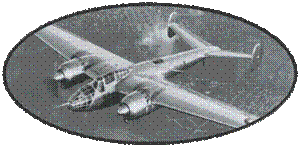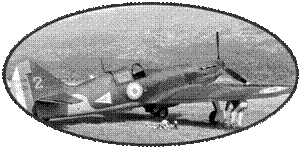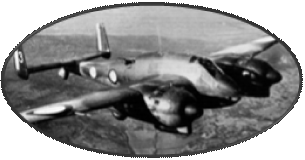The He 111 was developed
from 1932 under the guise of a commercial civilian apparatus. Germany
did not have the right to military aviation. The first military
prototype equipped with 600 hp BMW VI 6.0 Z engines, made its first
flight November 17, 1934 and was in the form of a device with rather
elegant lines. The prototype of the civilian version took off, for
the first time, in May 1935 and could carry 10 people.
The Heinkel 111 appeared
officially on the civil transport lines, and the Germans took advantage
of this status to make some photographic reconnaissance over France,
England or Russia. The Luftwaffe saw the same year, his first Heinkels
He111 B-1 motorized this time by DB600a of 1000ch. Previously, a
pre-series He111 A-1 had emerged, but these devices considered poor
performance, were sold to China ... This version He111 B-1 is followed
by the versions C (civil), D, E , or F all powered by the Daimler
Benz DB600. These engines being primarily intended for the hunter
BF109 E, the He111 P version was the last to receive DB601 of 1100
hp each. On this version, one of the main criticisms of the device
is corrected: visibility. For this, the nose is fully glazed, giving
the characteristic design of He111.
The next version, He111 H
was the main version in service during the Second World War. The
Daimler engines are now replaced by JUMO 211F.This version has been
used for many missions such as maritime convoy attacks, target marking,
transport: Stalingrad refueling in 1942, and of course bombing.
The H version is available in multiple sub-versions: H-2, H-3, H-4,
H-5, ... until H-23. The modifications concern the improvement of
the motorization while preserving the JUMO, and the reinforcement
of the defensive armament.
We can also quote a marginal
and interesting version: the He111 Z. This device intended to tow
the giant glider ME321, consisted of two fuselages of Heinkel He111
motorized by 5 engines ...
The He 111 was a versatile
and robust aircraft, but with insufficient defensive armament. His
figure was no less elegant with the absence of cockpit and elliptical
wings. Production ceased in 1944 after having manufactured more
than 7,300 machines.













